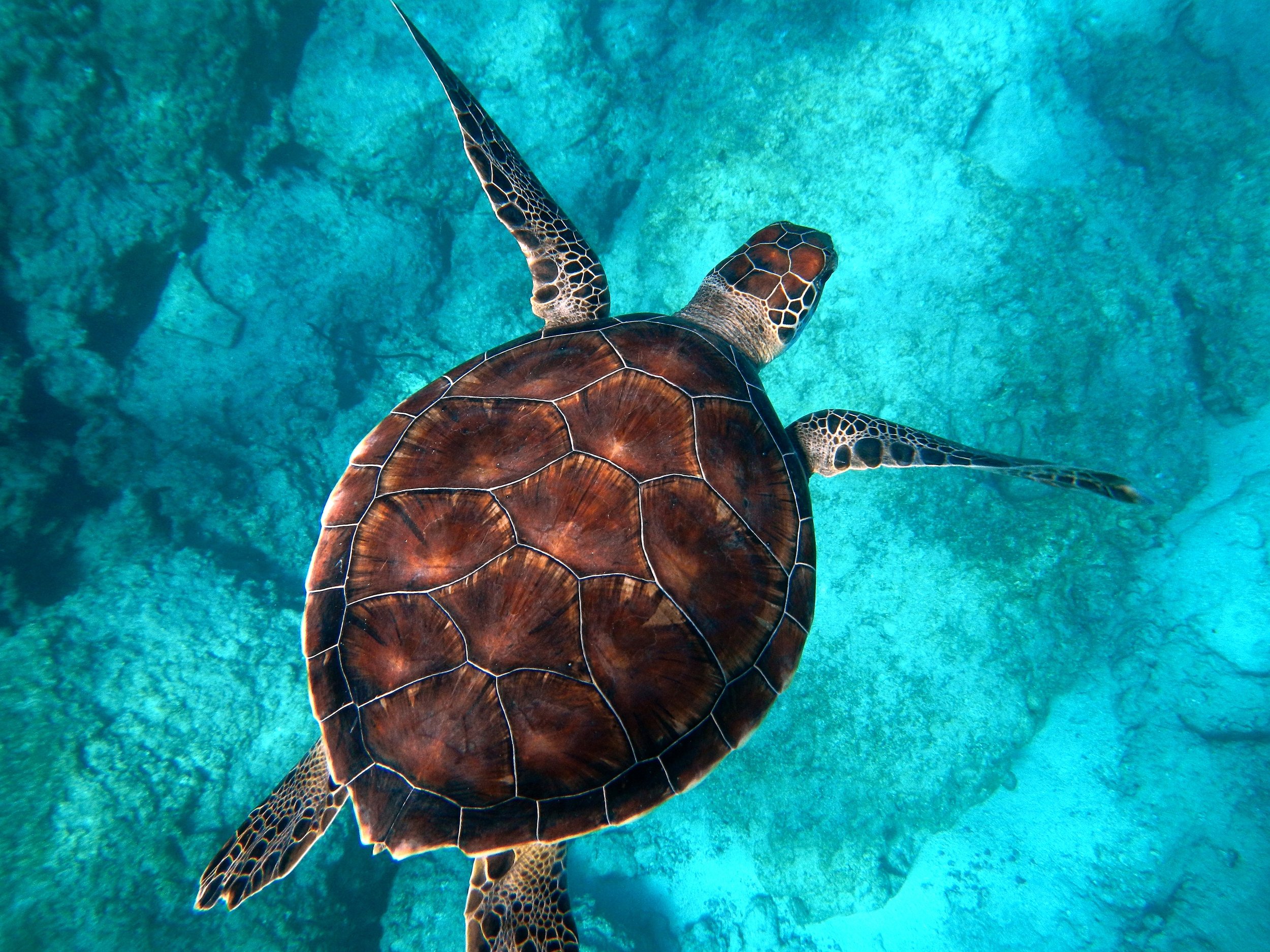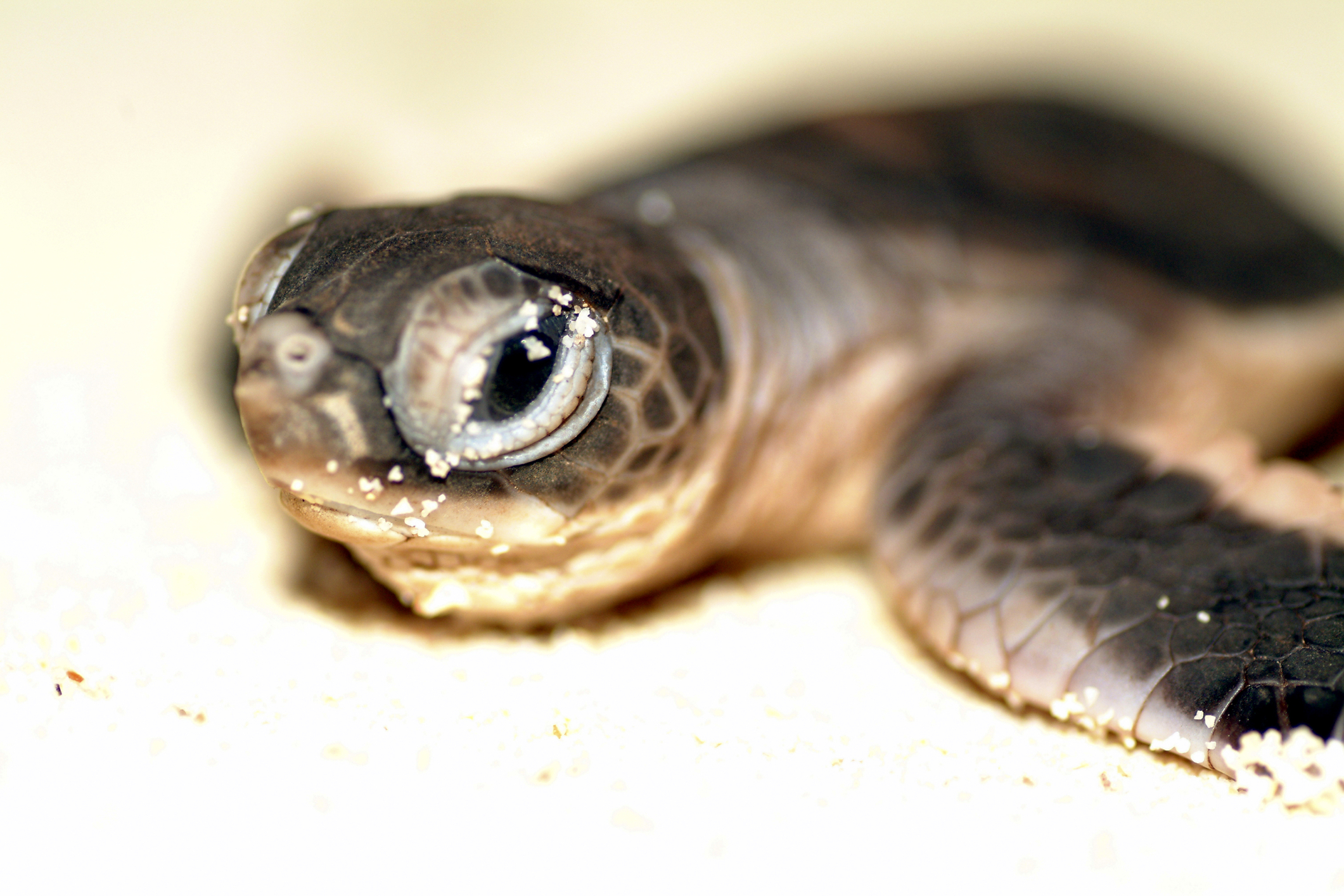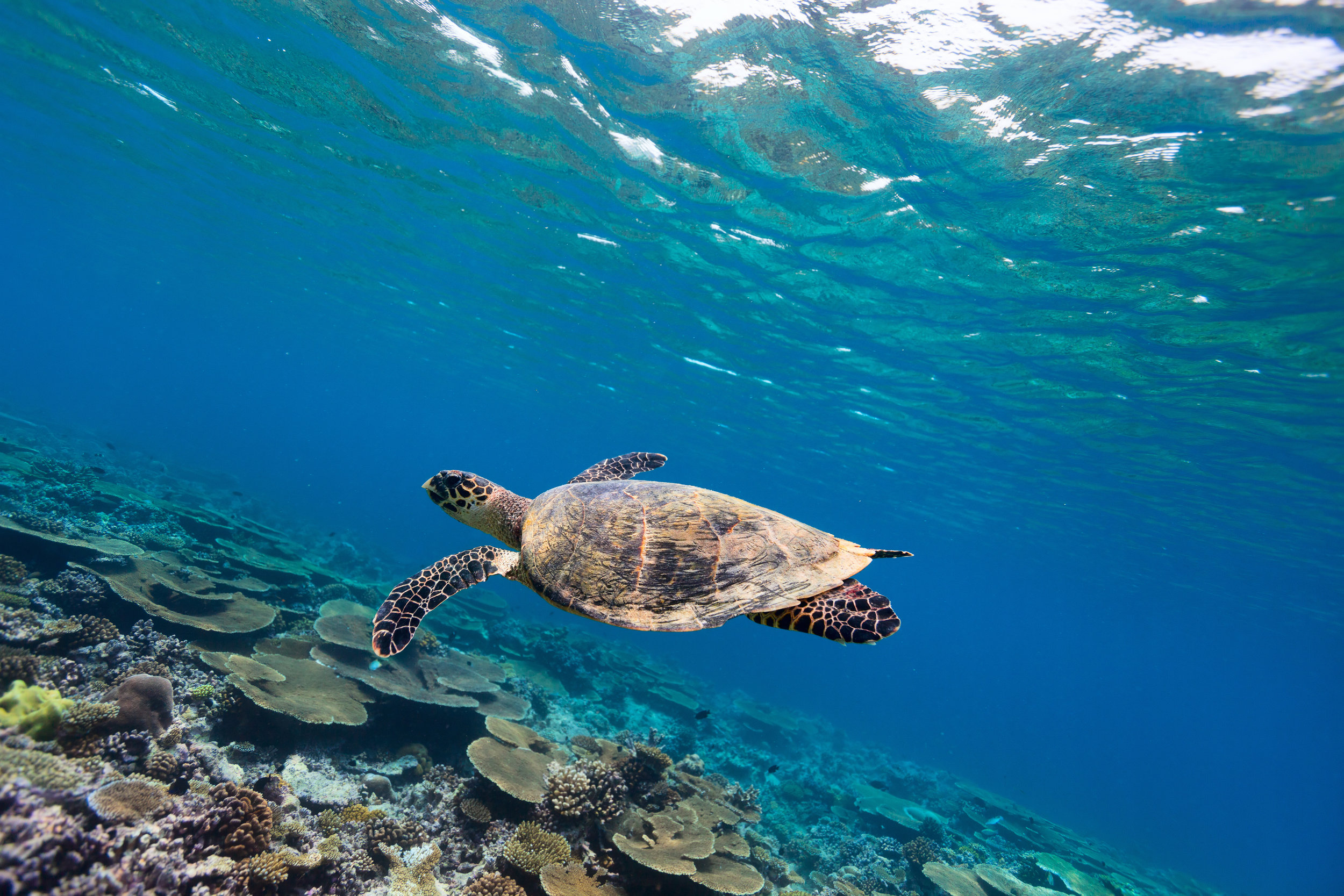
Why Are Sea Turtles Important?
Healthy oceans need sea turtles. Sea turtles are a "keystone species", which means they are an important part of their environment and influence other species around them. If a keystone species is removed from a habitat, the natural order can be disrupted, which impacts other wildlife and fauna in different ways.
Five Reasons Sea Turtles Are Really Important
Turtles help control their prey. For example, leatherbacks help manage the amount jellyfish in the ocean, and hawksbills help reefs by eating sponges that compete with them for space.
Turtle nesting helps beaches. The nutrients left behind by eggs and hatchlings that don’t survive provide an important source for coastal vegetation.
Hatchlings are an important source of food for many animals. Birds, fish, and mammals like raccoons rely on plentiful hatchlings to survive during nesting season.
They are important for coastal economies and native communities. Many places rely on turtle watching or diving for jobs and income and a number of indigenous communities revere sea turtles as part of their cultures. Plus there are emotional and psychological benefits to seeing a sea turtle in the wild.
Green turtles grazing on seagrass is an important way to keep seagrass beds healthy. Healthy seagrass benefits many species and stores carbon.
Coral Reefs
Coral reefs are home to hawksbills, which specialize in eating a handful of species of sea sponges. This diet allows less common types of sponges to grow, which increases the variety of life on the reef (also known as "biodiversity"). Without hawksbills, sponges can overgrow and suffocate slow-growing corals causing them to die. As reefs become more and more threatened by climate change and other impacts, the role of the hawksbill on the reef is even more vital. Learn how you can help protect hawksbills through our Too Rare To Wear campaign and sign our pledge to avoid turtleshell.
Beaches
Sea turtles also have a positive influence out of the water. Nesting sea turtles help beaches by depositing their eggs in the sand. Eggshells and unhatched eggs left behind provide important nutrients that nourish dune vegetation such as beach grasses, which stabilize dunes and help to prevent coastal erosion.
Turtle predators
Sea turtles are prey for other animals at all stages of life. Hatchlings are prey for birds, crabs, land mammals, and fish. Adult sea turtles are prey for apex predators like sharks and orcas. On some beaches in Costa Rica, adult female sea turtles are even prey for jaguars that prowl nesting beaches at night, making sea turtles an integral part of food webs on land AND in the ocean!
Turtle prey
Different species of sea turtles feed on different things, though most of them like jellyfish. Leatherback sea turtles specialize in eating jellyfish which keeps jellyfish populations in check. If leatherbacks were to disappear, jellyfish populations would explode. Jellyfish prey upon larval fish so without leatherbacks; without these larval fish there would be no fish in the sea! Again, it’s all about balance.
Adult green sea turtles primarily eat sea grasses, acting as aquatic lawnmowers which help keep seagrass beds healthy (like mowing your lawn!). Seagrass beds which are found in shallow marine waters, provide habitat, food, and protected nursery areas for many fish species, enabling them to take shelter from predators until they are larger. Healthy seagrass beds also help to stabilize the ocean bottom which helps decrease erosion from wave action and storms.
Helping others
Sea turtles provide habitat for an array of “aquatic hitchhikers” like barnacles and other small crustaceans, remoras, algae, and diatoms. Because sea turtles undergo long migrations, they help to transport these species. They also act as sort of an umbrella for fish that use them as shelter from predators. When at the sea surface to breathe or rest, sea turtles also sometimes provide a resting spot for seabirds to land on - sort of like a reptilian aircraft carrier!
Importance to humans
Sea turtles play an important cultural role for many coastal communities around the world. Many indigenous cultures revere them or consider them ancestors. They are also an important source of income for coastal residents through turtle-watching ecotourism. Research has shown that sea turtle ecotourism can generate three times the income than by selling sea turtle parts (eggs, meat, & shells), making them worth more alive than dead.
Aside from their important ecological role, sea turtles are some of the most charismatic animals on the planet! It seems that everyone loves sea turtles. They are a source of awe and inspiration; watching them haul themselves up a beach to nest, swim through a reef, or watching hatchlings charge to the sea are truly magical and unforgettable experiences. Without sea turtles our blue planet wouldn’t be complete.
WHAT IS SEE TURTLES?
We're a nonprofit organization that protects sea turtles through conservation travel and volunteer tours, our Billion Baby Turtles, Too Rare To Wear, & Sea Turtles & Plastic programs, our education programs, and by promoting inclusivity in the sea turtle community. Our award-winning programs help save sea turtle hatchlings on important nesting beaches around the world, work with the tourism industry to end the turtleshell trade, and get plastic out of sea turtle habitats. Learn more about our organization.
Banner photo: Randall Ruiz





